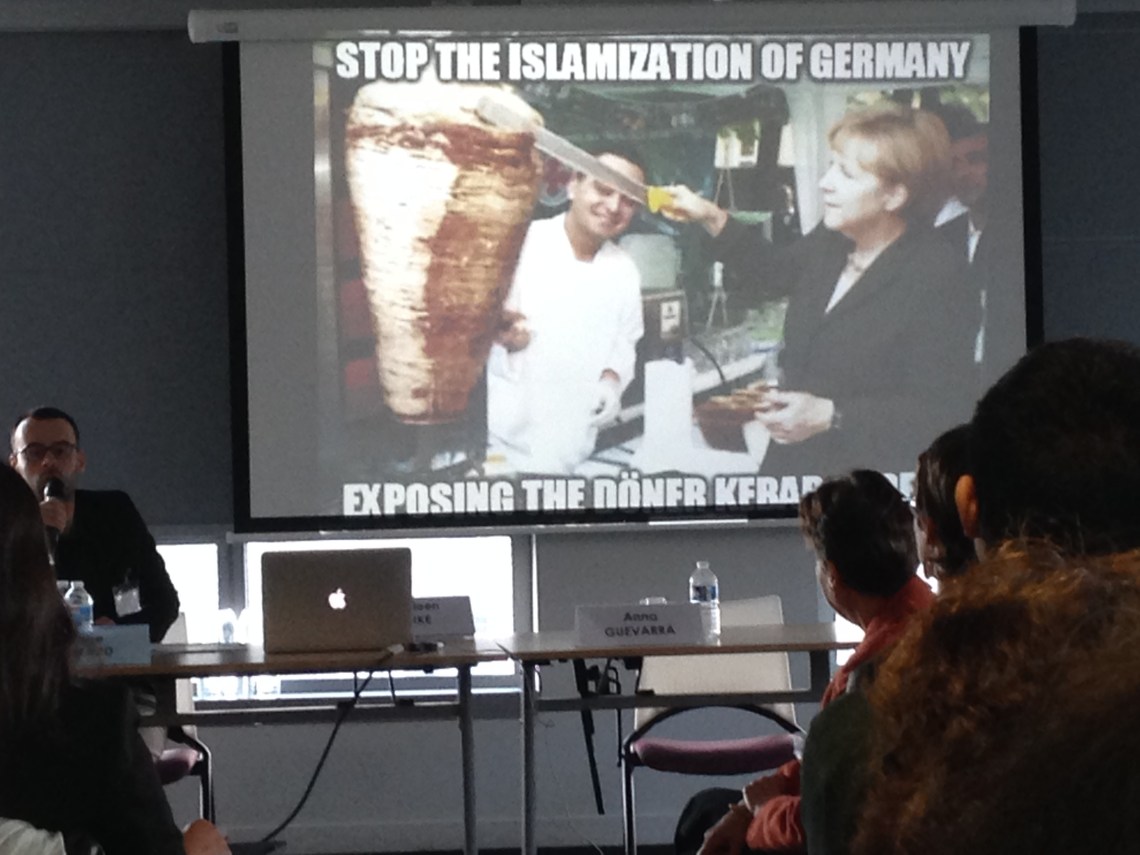
Pierre Raffard explaining the doner kebab phenomenon’s relation to labor, ethnicity, religion, and culinary politics.
Looking at both instances of culinary incorporation and fusion and the rejection of influences from foreign food cultures, can reveal a great deal about topics as disparate as migration processes, the exercise of human agency, the reach of the nation-state, population power dynamics, and the various impacts of economic growth. Food trends and changes to food production and consumption also have obvious impact on human health, the environment, quality of life, and other conditions. Scholars gathered from France, Japan, Korea, the Netherlands, Taiwan, Turkey, the UK, and the US to discuss such themes at a conference in Paris, France on February 23rd and 24th titled Scales of Alimentation between Europe and Asia: Connections, Syncretism, Fusions. Specific foods and foodstuffs “served” for discussion included kimchee, doner kebab, Bulgarian yogurt made in Japan, Mongolian-style dumplings, chop suey, and the mobile sweet “bibingka.” Overarching questions and debates included: How can globalization be productively used to understand processes of change and influence at a scale larger than countries and regions? What determines which elements people will incorporate, keep, change, and reject? What common patterns stand out when we look at culinary creolization, hybridization, and the like across time and space? What allows for differences in the dietary transition and (how) can later developing countries minimize the negative impacts currently underway?

Shiamin Kwa presenting about offal (those parts not labeled on poor Pikachu!), chop suey, American menus, and social ideals and insecurities.